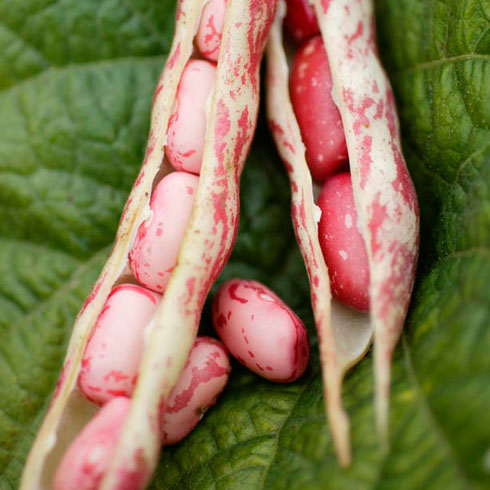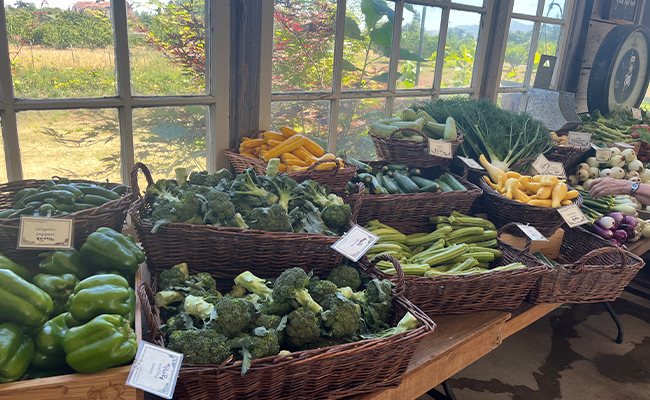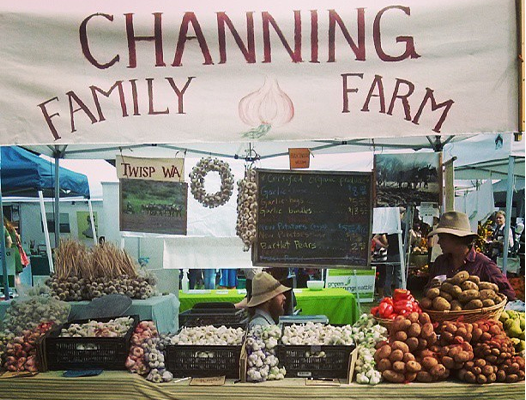The Birds and the Beans
It seems that the barn swallows have departed for their winter sojourn in Chile, just in time for our GAP audit. Although we kept them out of the barn this year, their presence in any proximity to the packing shed makes the USDA inspectors nervous. Our swallows do a great job of keeping nettlesome insect populations down, so they really are an integral part of our organic farming system. Another avian benefactor is our owl – rarely seen, but a ghostly presence in the barn. Its longtime roost in a window above a packaging storage area was a concern, so we built a nesting box with a perch there, and dearly hope that it will return to take up residence again.
Bean counting takes on a whole new meaning when one is faced with 8 acres and 6 varieties of beans all coming on at once. 8 acres is small potatoes for a lot of farmers, but it’s a fairly good-sized planting for us, especially considering all of the other crops we’re bringing in.
Field 9 over at our Ames Creek property is all a-flower, with tiny fruits (yes, they are technically fruits) emerging from each set. The question is, how many of the typically seven or eight flower sets per plant will mature before we see frost? Estimating yields can be tricky, and is done through a combination of several things, including cumulative experience with the crop and variety, observation and sampling of each actual planting, and one’s best guess as to how the weather will factor in.

In the end, nature will determine what happens, but we hope our estimates are close. We’ll start with tasty Italian Romano beans, which some gastronomes prize over all other varieties, along with a Dutch heirloom specialty called Dragon’s Tongue. Cranberry beans, also known as Borlottis, will stay on the plants until they’re ready for fresh shelling in a couple of weeks, and green beans will take us from now through late October.
If we’re lucky—that means if the weather holds and we pick at least twice—we could harvest as much as 25 tons. Here’s hoping.


Leave a Reply